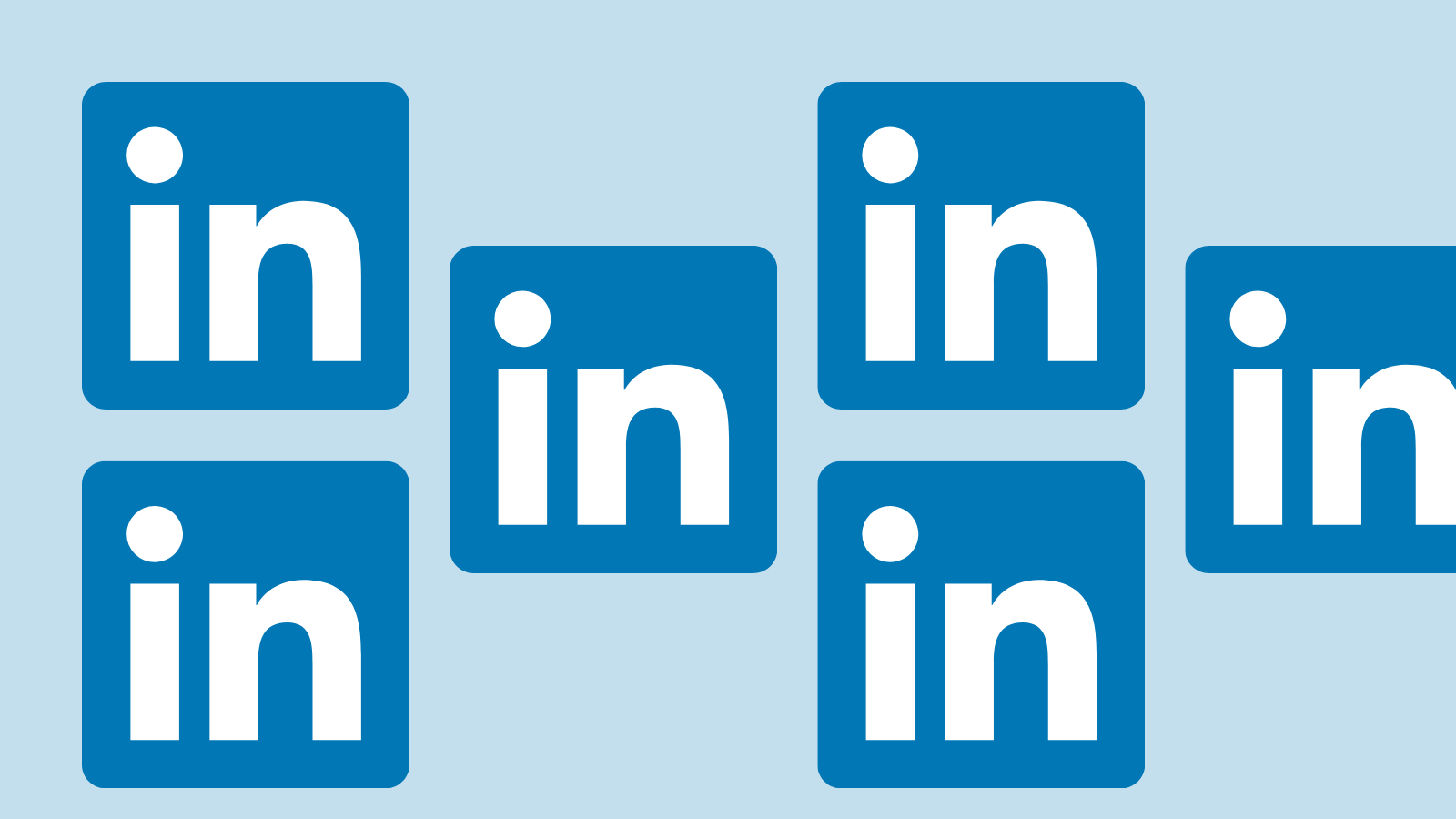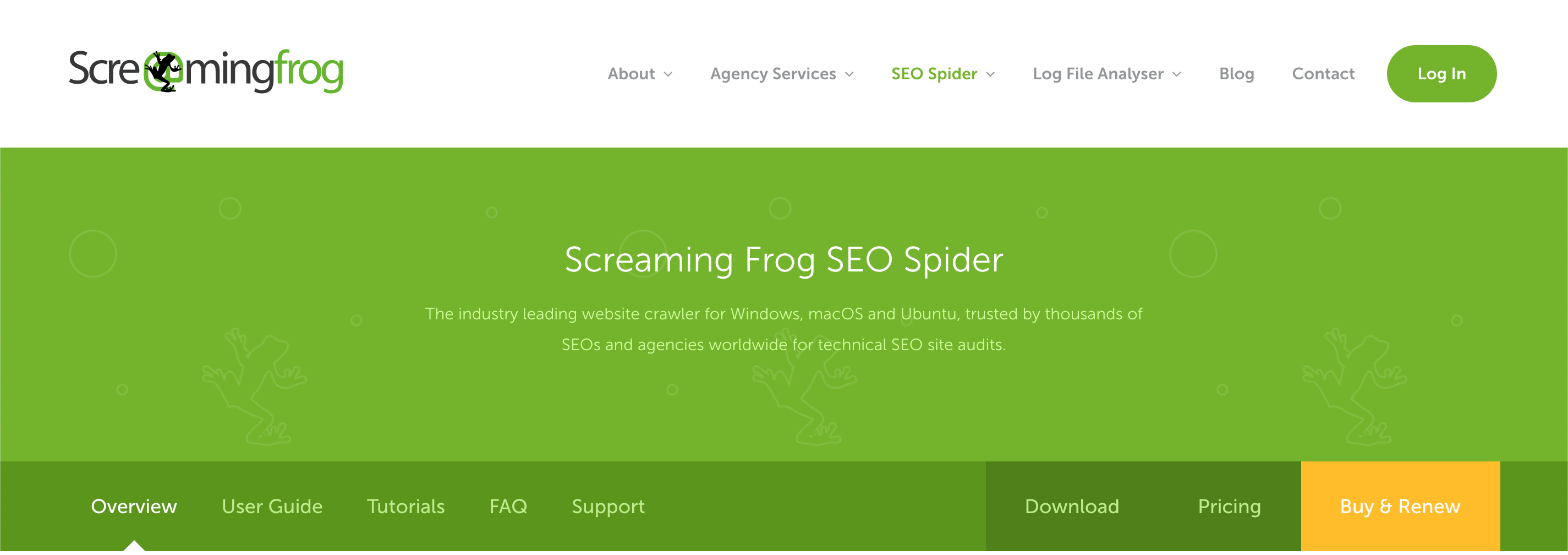Congratulations on building your website! Now it’s time to get some eyeballs on it. We’ll walk you through ways to do that using content marketing, SEO, ads, social media, influencer marketing, and more!
Content Marketing
Content marketing is a very popular digital marketing method. Content marketing is basically creating materials to advertise your business without looking like ads. High quality content is usually entertaining or educational in nature. Its purpose is to increase organic traffic and to build authority and trust with your potential customers. Here are some ways to use it to drive site traffic:
1. Create an Editorial Calendar
An editorial calendar is a detailed planner for your website, blog, social media, and third-party resources. This calendar can help you:
- Save time
- Post consistently
- Make fewer mistakes
- Improve your strategies
- Remember relevant moments
- Create higher quality content
- Track your progress

2. Establish Content Writing Guidelines
Content writing guidelines help keep the content you create consistent in formatting and voice. They are typically part of a website style guide. These guidelines include:
- Formatting requirements
- Tone of voice
- Lengths for each type of content
- Image use guidelines
- Fact-checking and citing requirements
- Internal and external linking guidelines
- Editorial workflow
- SEO requirements
An editorial calendar and content writing guidelines create the baseline for your content marketing process. Be sure to document it so everyone involved is on the same page.

3. Create Educational Content and Tutorials
Now it’s time to actually write. Decide which types of content you want to create based on your target audience preferences, niche, and competition. Types of content include, but are not limited to:
- Blog posts
- Whitepapers
- eBooks
- Case studies
- Social media posts
- Videos
- Podcasts
- Infographics
- Influencer content
- User-generated content

4. Start a Podcast or YouTube Channel
The growing popularity of podcasting makes it an excellent tool for web traffic generation. You can add links to the relevant content you’ve mentioned in the podcast description and use your voice in episodes to build brand awareness for your website. YouTube is also an increasingly popular platform. By starting a YouTube channel, you can direct some of the views to your website.
.png?width=1600&name=Podcast%20Mic%20(1).png)
5. Repurpose Content
Get more eyes on your evergreen blog posts by repurposing them into:
- A series of social media posts
- Downloadable charts, graphics, PDFs
- The audio version shared on third-party platforms
- Narrated or screencast video
- Email marketing sequence
- Syndicated content for guest posting

6. Write Guest Posts
Blog posts both increase your audience’s SEO profile and establish you as an authority to your target audience. You can reach an even wider audience by providing high quality content as a guest blogger and linking to your site somewhere in the post.

7. Create Linkable Assets
A linkable asset is an in-depth piece of content, designed to drive backlinks. Some examples of linkable assets include:
- Industry reports or outlooks
- Statistics round-ups
- In-depth case studies or tutorials
- Original research
- Storytelling based around unique data
- Interview series
- Free online tools
Search Engine Optimization
Search Engine Optimization (SEO) is the practice of optimizing your website content to get it to the top of the page and making your website as easy to use as possible so people and search engine crawlers alike can properly interpret it.
1. Run a Technical Audit
A technical audit finds gaps in your website’s performance and structure and suggests fixes for them. Running an audit is the first step to building an on-page SEO strategy.

2. Use Keyword Research
Keyword research is the foundation of SEO. Follow these steps using a keyword research tool like SEMRush, Moz, or Ahrefs.
- Ask yourself these questions:
- Is the keyword relevant to the main topic or theme of the content?
- Is the keyword regularly searched for by your target audience?
- Is the keyword within your site’s competitive power?
- Choose one primary keyword for your content.
- Make sure the primary keyword isn’t assigned to another piece of content.
- Choose three to five related keywords for your content.
- Add schema markup for rich snippets

3. Align Content to Match the Search Intent
People hit up the web with a specific purpose in mind: to find informational, commercial, transactional, or navigational content.
- Informational search intent: “how to get something done”
- Commercial search intent: “product type X”
- Transactional search intent: “flights from X to Y”
- Navigational search intent: “access website X”
To rank well, your content has to match the user’s intent and help them act on their objective.

4. Use Internal Links
Once a website visitor is on your page, what would you like them to do next? You can tell them with call to action buttons and internal links. In fact, all pages should be linked from somewhere else on the site. Use relevant internal links in content marketing to lead readers to pages on your website and other content. Internal links can also:
- Improve on-site navigation and content discoverability
- Boost time one site and pages per visit metrics
- Indicate semantic connection between topics

5. Use Long-Tail Keywords
When users search long-tail keywords, they have a clear agenda in mind. Once they find the answer, they are likely to stick around longer than short tail keyword searchers.

6. Answer Questions People Also Ask
SEO tools often suggest questions related to keywords that you look up. You can also Google your keyword and use the “People also ask” questions in the SERP as additional keywords or even create content strategy around them.
Advertising
Advertising your website doesn’t require a big marketing budget. Here are a few low-cost advertising opportunities you can use to drive traffic to your website.
1. Facebook Ads
Facebook ads allow businesses to target users precisely based on location, age, interests, and other factors. They also have excellent features for retargeting and lookalike audiences. All of these combined make Facebook an essential part of any social media marketing strategy.
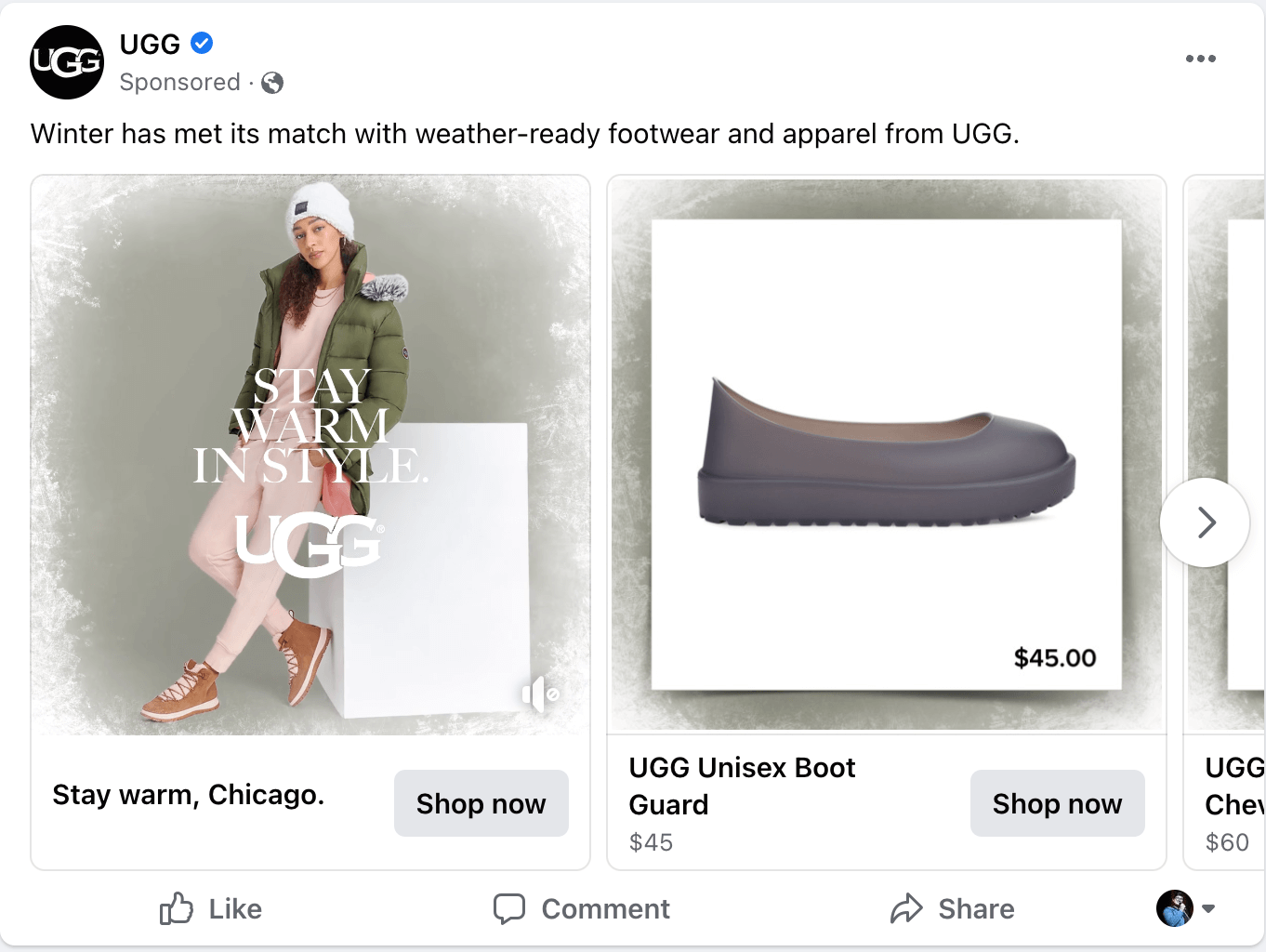
2. Instagrams Ads
With over 1 billion worldwide monthly users, Instagram is one of the most popular social platforms. Instagram is the social media platform where visual-focused businesses will find a captive audience. Since it’s owned by Facebook, incorporating it into your digital marketing strategy will be similar.

3. Pinterest Ads
On other social media platforms, users see brands as interruptions to their browsing experience. Pinterest is a natural fit for brands because people use it to discover products anyway. The majority of Pinterest’s 444 million monthly active users are women ages 25-44. If that’s your target audience, you’ll want Pinterest ads in your social media marketing strategy.
Pinterest ad formats include:
- Sponsored image and video pins
- Carousel pins and ads
- Shopping ads
- Collection pins and ads
- Sponsored story pins

4. Google Ads
Google ads can help you increase website traffic and sales alike. The platform has a comprehensive range of ad tools, targeting, and analytics capabilities. Plus, Google lets you run all of these ad types from a single interface:
- Search campaigns
- Video campaigns
- Shopping campaigns
- Display campaigns
- App promo campaigns
.png?width=1410&name=Paid%20Search%20(1).png) Email Marketing
Email Marketing
1. Start a Newsletter
An email newsletter is an important, low-cost piece of the marketing strategy for many small businesses. It can build a relationship with your customers by giving them:
Announcements for new products
- Event invitations
- Offering discounts or loyalty rewards
- Updates on the work you’re doing
- Other email marketing promotions

2. Create an Email Referral Program
Email subscribers inviting other people to subscribe will help you grow your email list fast, which will lead to more site traffic later on. People may not think to recommend your email list to a friend in a normal conversation, but prompting them to refer a friend in exchange for a discount or special offer, they might think of someone. You can create a referral program with tools like ReferralCandy, Tapfiliate, and Partnerstack, to name but a few.

3. Personalize and Automate
Email marketing is all about personalization. Email automation tools can help you strategically segment your audiences and create email sequences based on each segment’s interests and needs. Keeping your subscribers engaged in this way can lead to a steady stream of web traffic.

Social Media Marketing
Social media strategy doesn’t end with paid ads.
1. Facebook
Here are a few ways you can increase web traffic organically using Facebook:
- Create a group
- Post updates on your Facebook business page
- Share links in Stories
- Publish announcements on your personal profile

2. Twitter
One great way to get web traffic on Twitter is to repurpose blog posts into Twitter threads and end it with a call to action and a link to the relevant page of your website.

3. Pinterest
Eye-catching visuals are the key to using Pinterest to generate website traffic. Pin every blog post to your boards along with a high-quality image that will get viewers’ attention and look good on their boards as well.

4. Instagram
Instagram doesn’t make it easy to post links, but there are two ways you can do it:
On your profile: Use a social media landing page builder like Linktree to include several links in your bio without taking up a lot of space.
On stories: Instagram Business accounts and regular users with more than 10K followers can share links in stories with the swipe up feature.

5. LinkedIn
LinkedIn is the place to promote B2B content and drive traffic back to your website by:
- Publishing status updates
- Sharing content in LinkedIn groups
- Publishing longer thought leadership articles
Influencer Marketing
Influencer marketing is a growing trend that doesn’t seem to be going away any time soon. Influencers in your niche can help you build brand awareness, website traffic, and sales alike.
1. Send Free Samples To Influencers
Offering free samples of your products to influencers in exchange for a review is a great way to start a company/influencer relationship. For your first campaigns, focus on influencers that are directly related to your niche, even if they don’t have the following of the more famous ones.

2. Reach Out To Bloggers and Press
If you don’t want to give away products or broker advertising deals, you can try organic outreach.
Create a database of people who regularly write about your niche including journalists, bloggers, and other businesses. Then start building a relationship with them on social media. Twitter is particularly good for this.

3. Ask Influencers to Contribute to an Expert Round-Up
Once you have some good influencer relationships, ask them to contribute to your blog. Choose a theme, ask a question, and collect answers from your go-to influencers. Then format all the replies into an expert round-up post.
 Online Communities
Online Communities
In addition to Facebook groups, LinkedIn groups, and sub-Reddits, here are a few suggestions of online communities to get involved in:
- Discord
- StackExchange
- Quora
- Public Slack groups
- Growth Hackers
- Zest.is marketing community
- Moz community
- Marketing Profs community
- Designer News
%20(1).png?width=1600&name=Forum%20(1)%20(1).png)
6 Free Tools To Help You Increase Website Traffic
Here are a few free tools that can help you drive traffic by refining your website promotion strategy, identifying new marketing targets, and monitoring the results.
1. BuzzSumo
- Research blog post ideas
- Develop headlines with high click-through rates
- Measure your social media share rates and compare to your competitors
- Find influencers in your niche
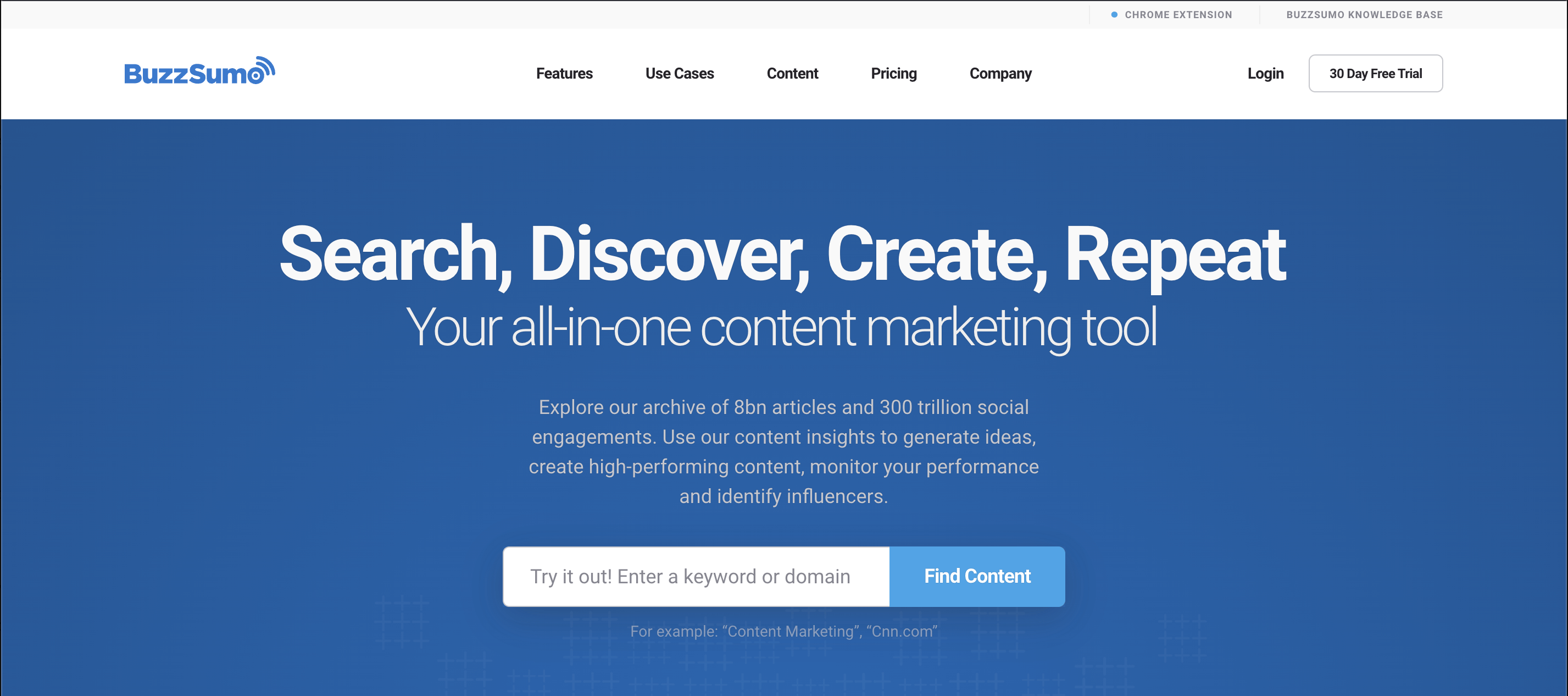
2. SimilarWeb
Analyze your competitors’:
- Organic search traffic and referral traffic sources
- Best performing web pages
- Demographics distribution
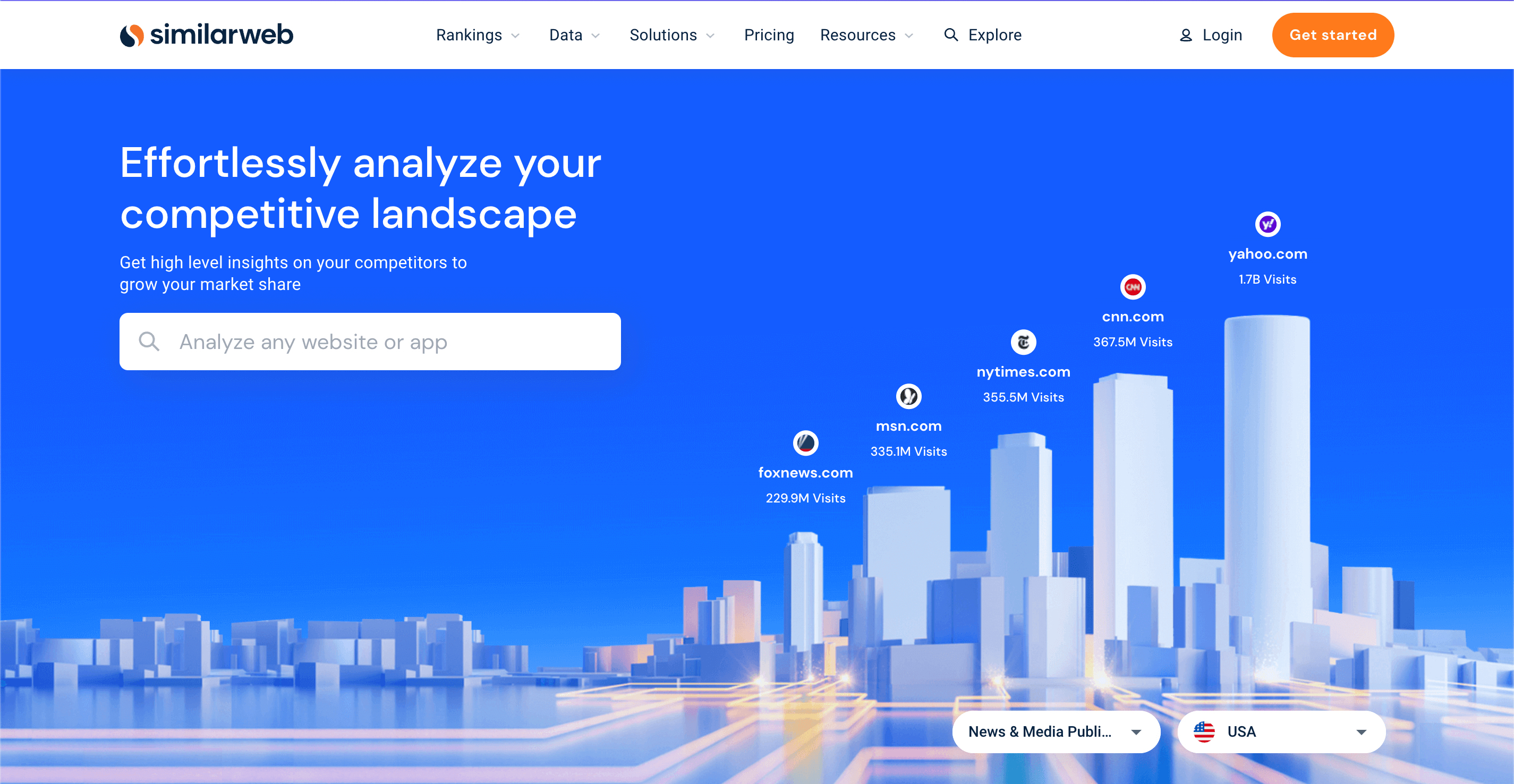
3. GTmetrix
Audit your website for
- Slow web pages
- Bloated code
- Redundant plugins
- Other tech issues
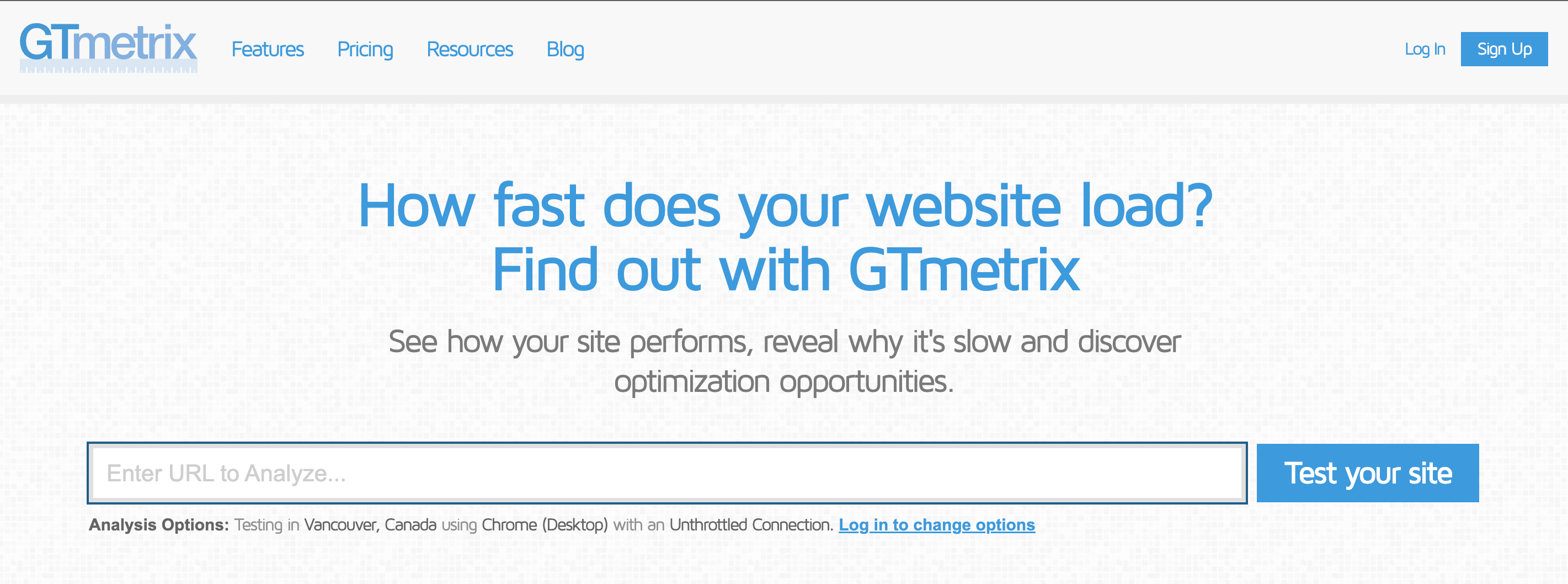
4. Google Trends
- Find long-tail keyword ideas
- Develop timely and trending outreach content
- Explore changes in consumer behaviors
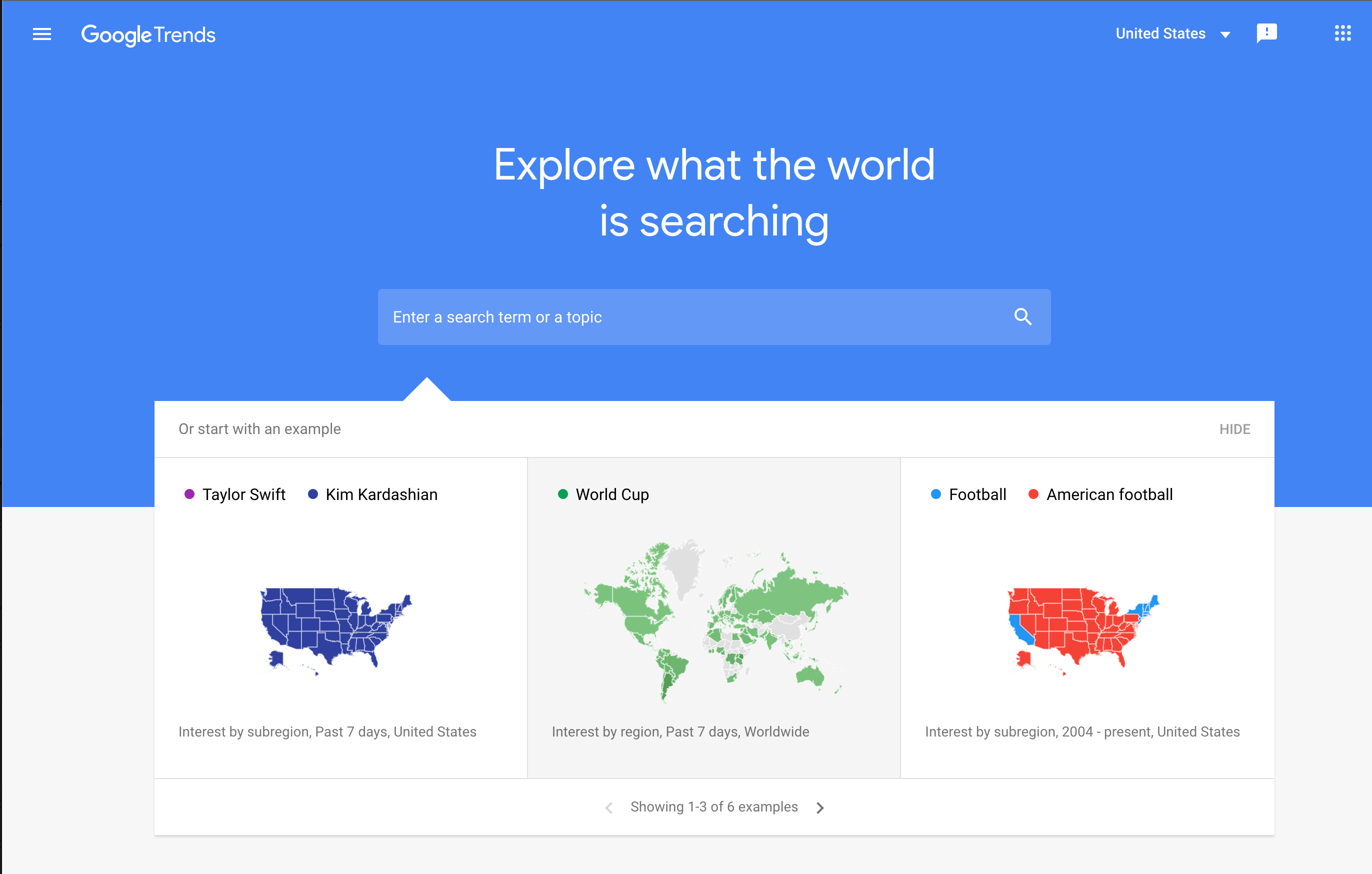
5. Screaming Frog
Audit your website for
- Broken internal and external links
- Missing page titles and meta descriptions
- Duplicate content
- Improper redirects
- Issues with JavaScript code
- and more!
How Sav Can Help
Sav's Blog Widgets make it easy to start a high-traffic blog. Our SEO features help you dominate Google even if you’re not an expert. All Sav websites come with a free SSL certificate. We’re here to help you from purchasing your domain name to going live to the day-to-day management of your small business website. Get Started today!
Newsletter
Popular
Top Articles
Recommended articles
How to Come up With Ecommerce Product Ideas
Whether you’re starting a new ecommerce business or expanding a pre-existing one, what products to sell online is an important decision....
Read moreHow to Create a Modeling Portfolio
What is a Modeling Portfolio? A modeling portfolio is a demonstration of your skills and talent you can show to potential employers and...
Read moreThe Best Side Hustles From Home to Try
Why Start a Side Hustle from Home? Earn Extra Money Being alive is expensive right now. Whether your financial goals are to pay off your...
Read more



